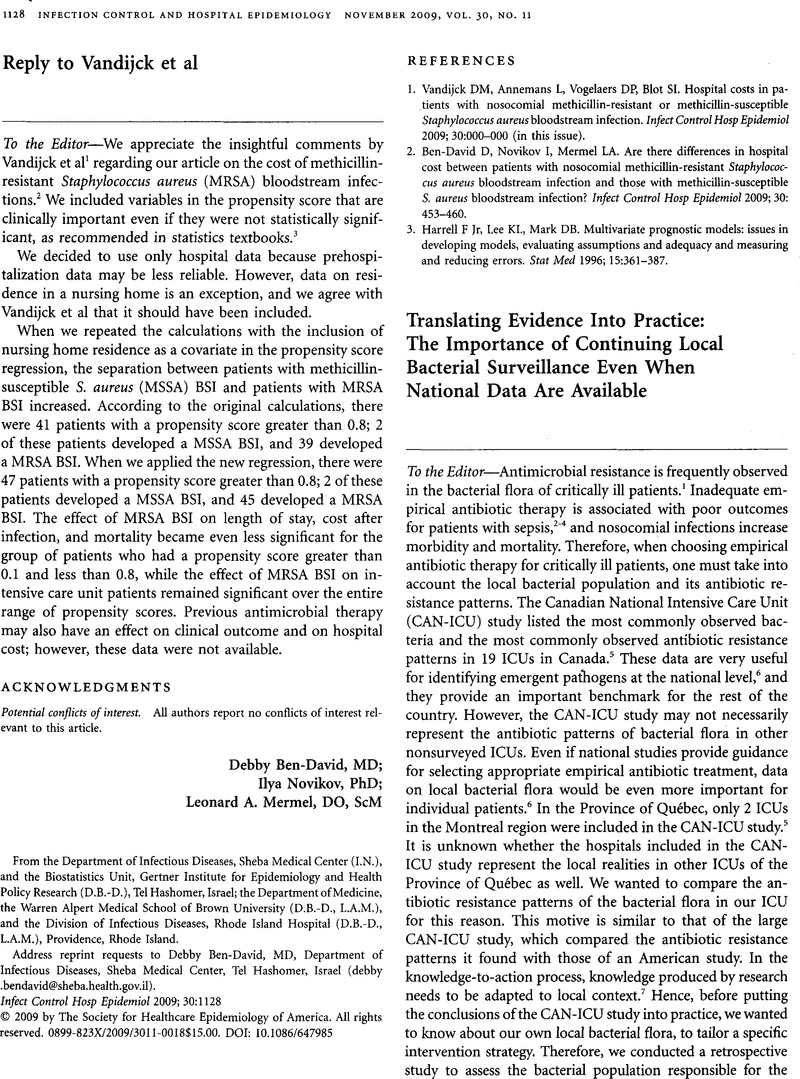Crossref Citations
This article has been cited by the following publications. This list is generated based on data provided by Crossref.
KRONVALL, GÖRAN
2010.
Antimicrobial resistance 1979–2009 at Karolinska hospital, Sweden: normalized resistance interpretation during a 30‐year follow‐up on Staphylococcus aureus and Escherichia coli resistance development.
APMIS,
Vol. 118,
Issue. 9,
p.
621.



